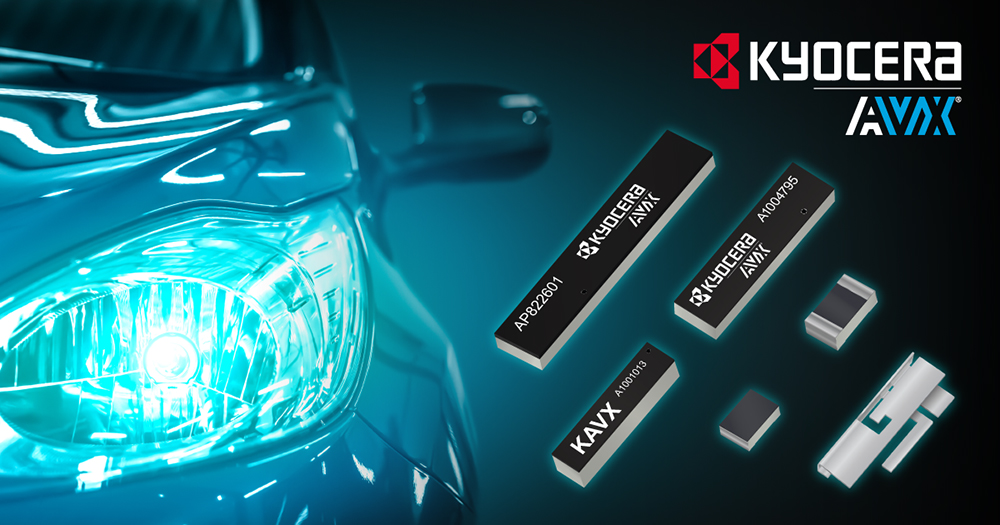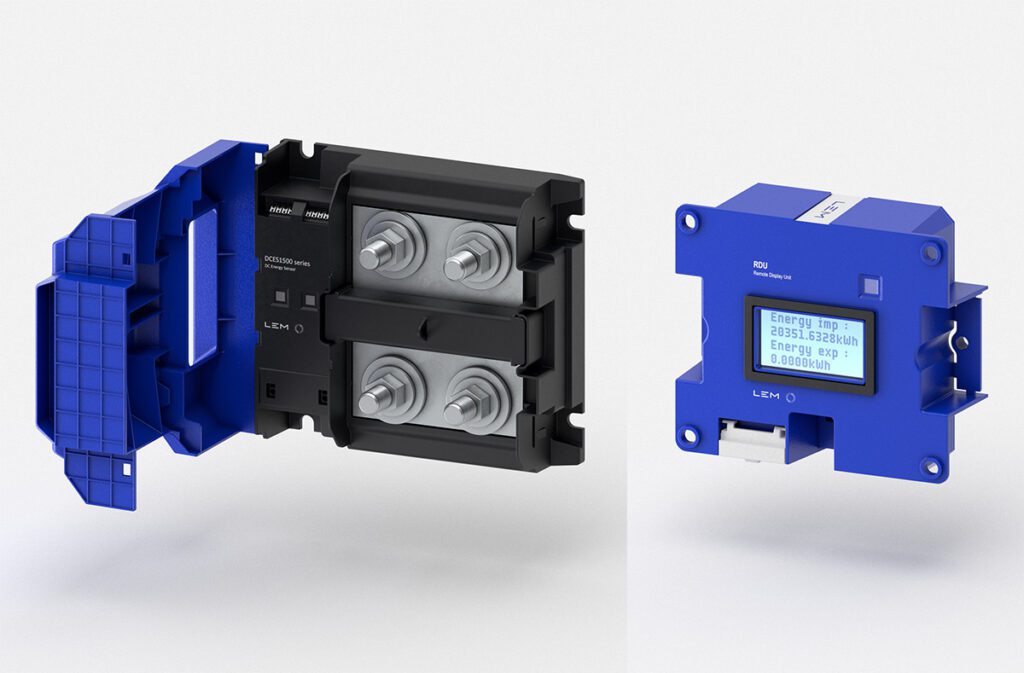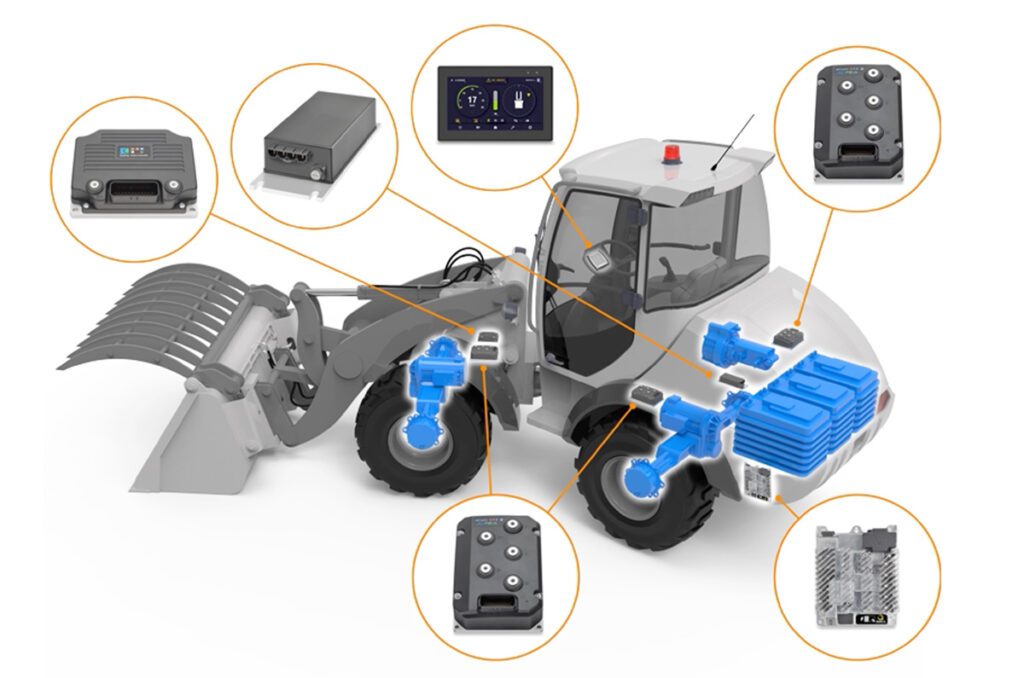Electronics giant Kyocera AVX has released a new line of surface-mount automotive antennas.
The new A-Series low-profile SMT antennas meet AEC-Q200 standards, and are designed for automotive applications, including wireless battery management systems, telematics control units and vehicle access key fobs. They support GNSS L1/L2/L5/L6, ISM, WiFi 6E, Bluetooth, cellular, LTE, 5G and UWB wireless technologies at frequencies from 617 MHz to 8.5 GHz. The surface-mount devices are also designed for reception-critical applications. They are available in stamped metal, FR-4, ceramic chip and ultra-small chip packages, all of which are RoHS-compliant.
Certain new A-Series antennas also use Kyocera AVX’s Isolated Magnetic Dipole (IMD) technology for smaller designs. Two of those antennas can operate on- and off-ground. This is essential for strongly metallic environments like wireless battery management systems (wBMS), in which the antenna connects the battery cell monitor chip to the BMS control unit wirelessly.
The A-Series is also available with International Material Data System (IMDS) and Production Part Approval Process (PPAP) documentation for the automotive manufacturers.
“The new A-Series provides automotive design engineers with antennas tested in accordance with AEC-Q200 standards, and manufacturers are already taking note,” said Carmen Redondo, Director of Global Marketing for Antennas at Kyocera AVX. “One of the A-Series antennas, the A1001013, has been selected for inclusion in Analog Devices’ (ADI) wireless battery management system (wBMS) reference design.”
Source: Kyocera AVX




















































































